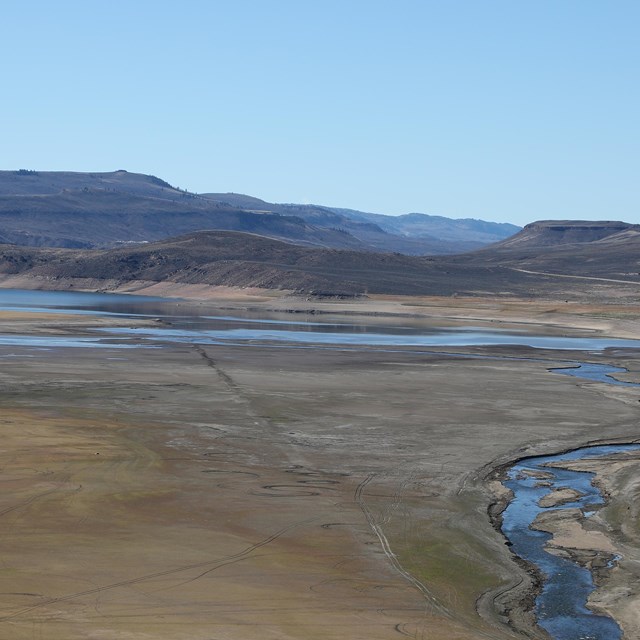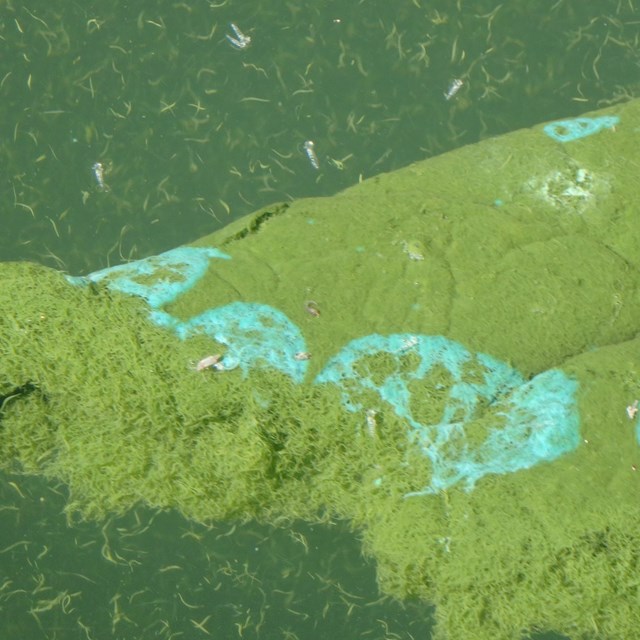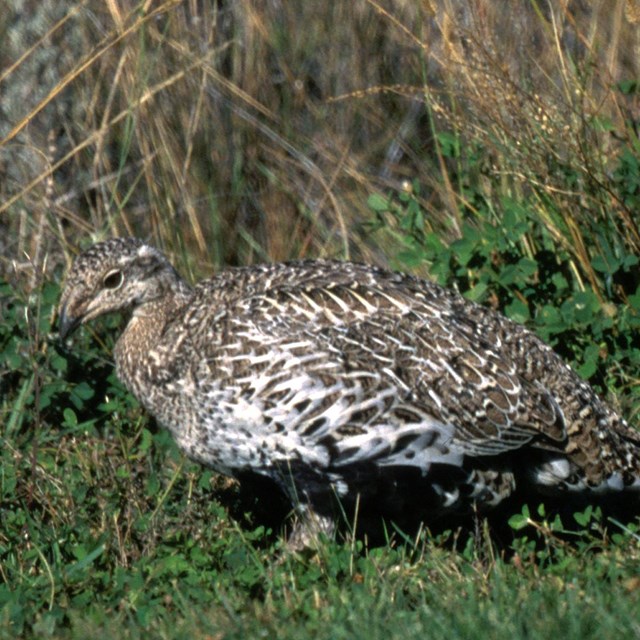|
Comparison of full-pool and historic lows in Iola Basin in Blue Mesa Reservoir 

Left image
Right image
What is it?Climate change refers to long-term changes to temperature and precipitation patterns. Human activities, including burning fossil fuels, release greenhouse gasses into the atmosphere. These greenhouse gasses (GHGs) act like a good sleeping bag, insulating and holding heat inside our atmosphere. As GHGs in our atmosphere increase the earth becomes layered in more and more sleeping bags, causing our global temperature to rise. Scientists agree that human activities are causing global climate change. Read more. Weather vs. ClimateClimate Change is different than a September blizzard or a few days of extreme heat in June. Climate change is distinct from weather. Climate includes longer term trends and average weather patterns over decades. Effects of Climate Change at CurecantiHuman-caused climate change is causing dramatic effects throughout the world. At Curecanti, the most dramatic observable effect of climate change is the low water level at Blue Mesa Reservoir. At Blue Mesa, water levels in 2021 and 2018 dropped to some of the lowest levels since the dam was completed in 1968. The effects of prolonged drought are visible from everywhere in Curecanti. In addition to drier conditions throughout Colorado and the American Southwest, climate change is affecting terrestrial and aquatic ecosystems. Warmer and drier summers enable invasive plant species to spread which affect native bird populations. Warming air temperatures also affect aquatic and human health, and more. Climate Change and the NPS MissionThe National Park Service was created in the Organic Act of 1916. The new agency's mission as managers of national parks and monuments was clearly stated."....to conserve the scenery and the natural and historic objects and the wild life therein and to provide for the enjoyment of the same in such manner and by such means as will leave them unimpaired for the enjoyment of future generations.". Climate and Curecanti
Climate Change and the National Park Service | |
Last updated: April 24, 2025



